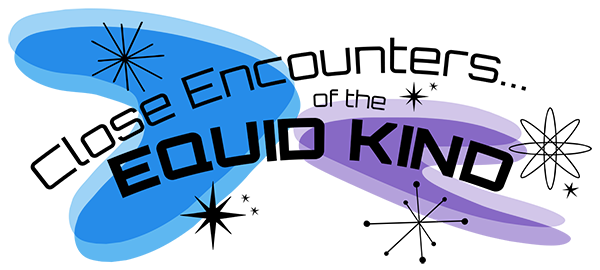Event Title
Indigenous Depictions of Horses in the Conquest of Mexico from the Florentine Codex and the Tlaxcala Codex
Session
Session 5: A Heritage of Horses
Location
Mary Tefft White Cultural Center, University Library
Start Date
30-9-2023 11:00 AM
End Date
30-9-2023 12:30 PM
Description
Written records that offer insight into native and indigenous peoples encounters with horses are few and often preserved through a lens of European colonial legislation, transcription, or translation. In looking for material and visual culture that offers insights into these encounters, images produced by or with indigenous artists in the early post-conquest period offer a contrasting source of information about how Spanish equines shaped Spanish-indigenous encounters and how indigenous artists may have interacted with equines through narrative or phyiscal exposure. The Florentine Codex (produced 1545-1590) and the Tlaxcala Codex (produced 1580-1585) together contain more than 100 images of horses produced by indigenous artists working in European-style ateliers or producing materials for Spanish audiences. Individual artistic choices in style and composition point to a number of assumptions, observations, and conventions that shape how this encounter was depicted. In this presentation, I characterize this corpus of images representing human-equine interactions during the conquest of Mexico from the perspective of Tlaxcalan and Mexica artists and explore parallels between indigenous depictions of horses and interpretations of well-known European depictions of exotic New World animals. I argue that some features demonstrate indigenous Mexican conventions for storytelling and record-keeping and others suggest indigenous observations about Spanish horse culture, both of which offer insights into human-equine interactions during and after campaigns of conquest in central Mexico.
Recommended Citation
Renton, Kathryn, "Indigenous Depictions of Horses in the Conquest of Mexico from the Florentine Codex and the Tlaxcala Codex" (2023). Equine History Collective Conference. 7.
https://docs.rwu.edu/equinehistory-conference/2023/saturday/7
Indigenous Depictions of Horses in the Conquest of Mexico from the Florentine Codex and the Tlaxcala Codex
Mary Tefft White Cultural Center, University Library
Written records that offer insight into native and indigenous peoples encounters with horses are few and often preserved through a lens of European colonial legislation, transcription, or translation. In looking for material and visual culture that offers insights into these encounters, images produced by or with indigenous artists in the early post-conquest period offer a contrasting source of information about how Spanish equines shaped Spanish-indigenous encounters and how indigenous artists may have interacted with equines through narrative or phyiscal exposure. The Florentine Codex (produced 1545-1590) and the Tlaxcala Codex (produced 1580-1585) together contain more than 100 images of horses produced by indigenous artists working in European-style ateliers or producing materials for Spanish audiences. Individual artistic choices in style and composition point to a number of assumptions, observations, and conventions that shape how this encounter was depicted. In this presentation, I characterize this corpus of images representing human-equine interactions during the conquest of Mexico from the perspective of Tlaxcalan and Mexica artists and explore parallels between indigenous depictions of horses and interpretations of well-known European depictions of exotic New World animals. I argue that some features demonstrate indigenous Mexican conventions for storytelling and record-keeping and others suggest indigenous observations about Spanish horse culture, both of which offer insights into human-equine interactions during and after campaigns of conquest in central Mexico.


